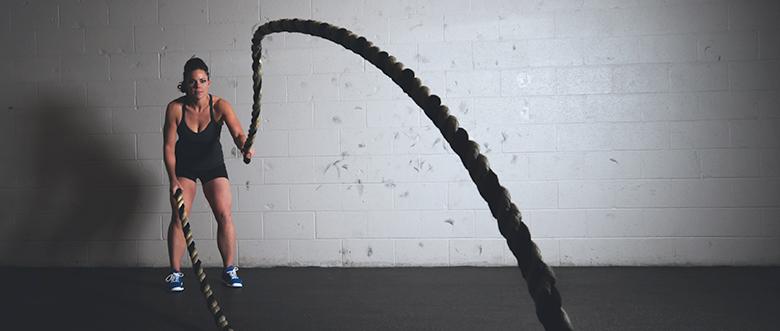As the New Year serves as the starting line for many who are bound and determined to get into shape this year, Bend physical therapist Rob Hollander is quick to remind well-meaning people that overtraining is a real thing – and if it’s not identified early, it can derail your efforts before they truly get started.
“Being a physical therapist, I get that when you’re truly motivated to reach a goal – when the right factors in your life align and you find yourself in hot pursuit of higher fitness levels – the natural tendency can be to push yourself hard and fast,” said Hollander, co-owner of Alpine Physical Therapy in Bend. “But no matter what kind of shape you’re in today, it’s possible to push yourself too hard. And that can lead to pain, to injury, and even to negative results in the long run.”
According to Hollander, overtraining (or “overtraining syndrome”) is a condition that occurs when the body is pushed beyond its natural ability to recover from exercise. It’s often what results from the combination of overworking the body, then not giving it enough time to rest and recover.
And this R&R (rest and recovery) time, says Hollander, is where the magic truly happens in the course of a more normalized cardio and/or resistance workout program.
“This is when you make strides physically – when, following all the hard work, your strength and body efficiency improves,” said Hollander. “So rest and recovery time is just as important as all sweat equity you’re building through all your workouts.”
Since everyone’s different, however, there’s no scientific formula to follow when determining the amount of time one should rest and recover following a workout. But listening to your body, Hollander points out, is the first step in figuring out your own formula.
And in doing so, keep an eye out for the following signs that you may be overtraining:
Long-Term Soreness: If you’re working out hard, you’re going to get sore. This is especially true when you’re just getting started on a new workout regimen or you’re trying a new exercise or program. But if the soreness remains persistent – if it doesn’t go away after two or three days, or continues as you’re working out – this is a sign you need to stop and let your body “catch up” through rest.
Exhaustion: Sure, you’re always going to feel a little tired after a good workout, but what typically follows is greater alertness and an eventual increase in metabolism. If you find you’re experiencing the opposite – that your energy level remains low over several days, even after a good sleep – you should take a break from working out.
Illnesses: If you’re working out a lot and, and at the same time find you’re getting sick more than usual, this could be your body’s way of saying you’re overtraining, and that it’s starting to affect your immune system.
Plateauing Results: Over time, your overall workout performances (i.e., times, distances, weights, etc.) should continually improve. If this stops, or you start seeing a decline in performance, you may be overtraining.
One way to prevent overtraining, Hollander said, is to work with a physical therapist to create a workout regimen specifically for you, your body, your conditioning and your goals. Contact the team at Alpine Physical Therapy to schedule an appointment in order to achieve your goals safely and most effectively.

The everyday workout is great for increasing the mass of the body muscles and decreasing the overall body fat. But if you indulge in over-workout sessions, then it can reduce the strength and burn less body fat. So, no matter, whether you are doing bodyweight exercises or performing the exercise using any fitness equipment, you must be aware of the signs of over-exercising to prevent the negative effects of exertion. Decreased performance, depression, fatigue, insomnia, loss of appetite, fat gain- are some of the prominent symptoms noticing which a fitness freak can easily guess that he is exercising too much. Better you should take the required recovery periods for your energy as well as your performance gain. Apart from following the workout guidelines, if you are using any fitness stuff like- power tower, then you must know everything about power tower- https://exercisewithstyle.com/power-towers-guide/ to keep your workout functionality safe and sound.